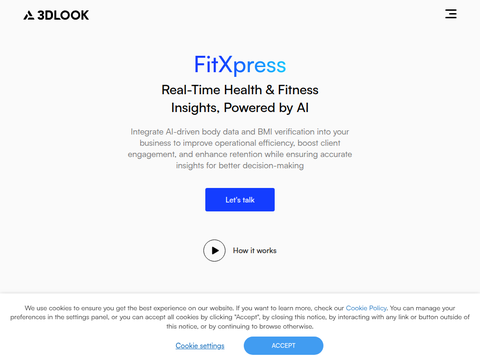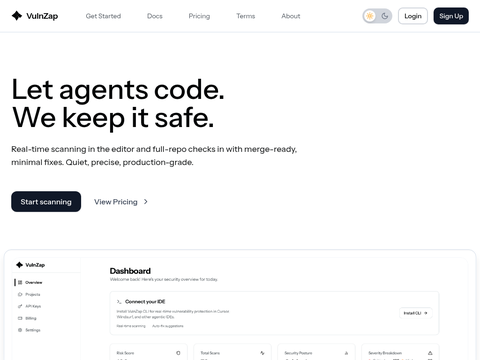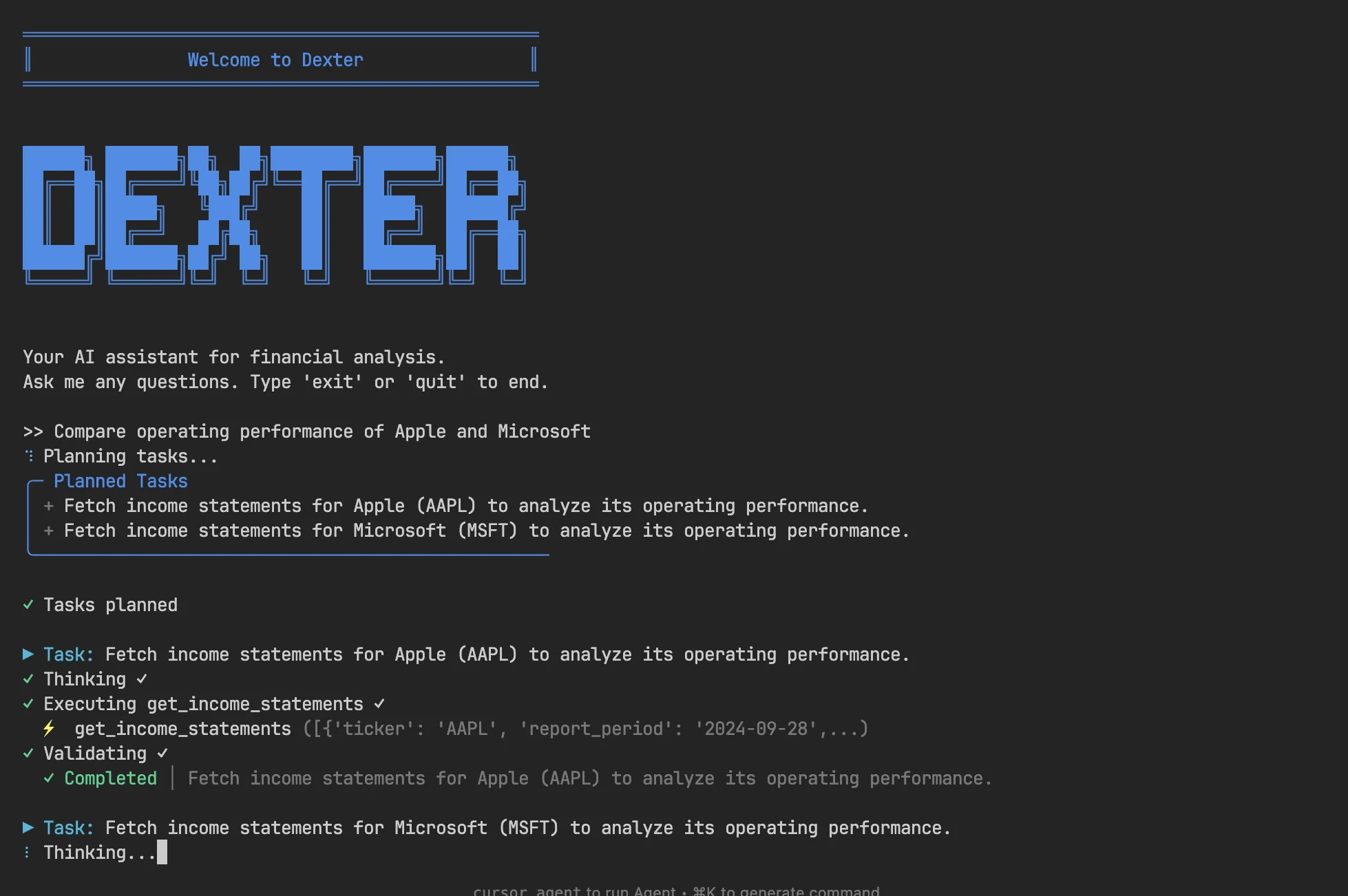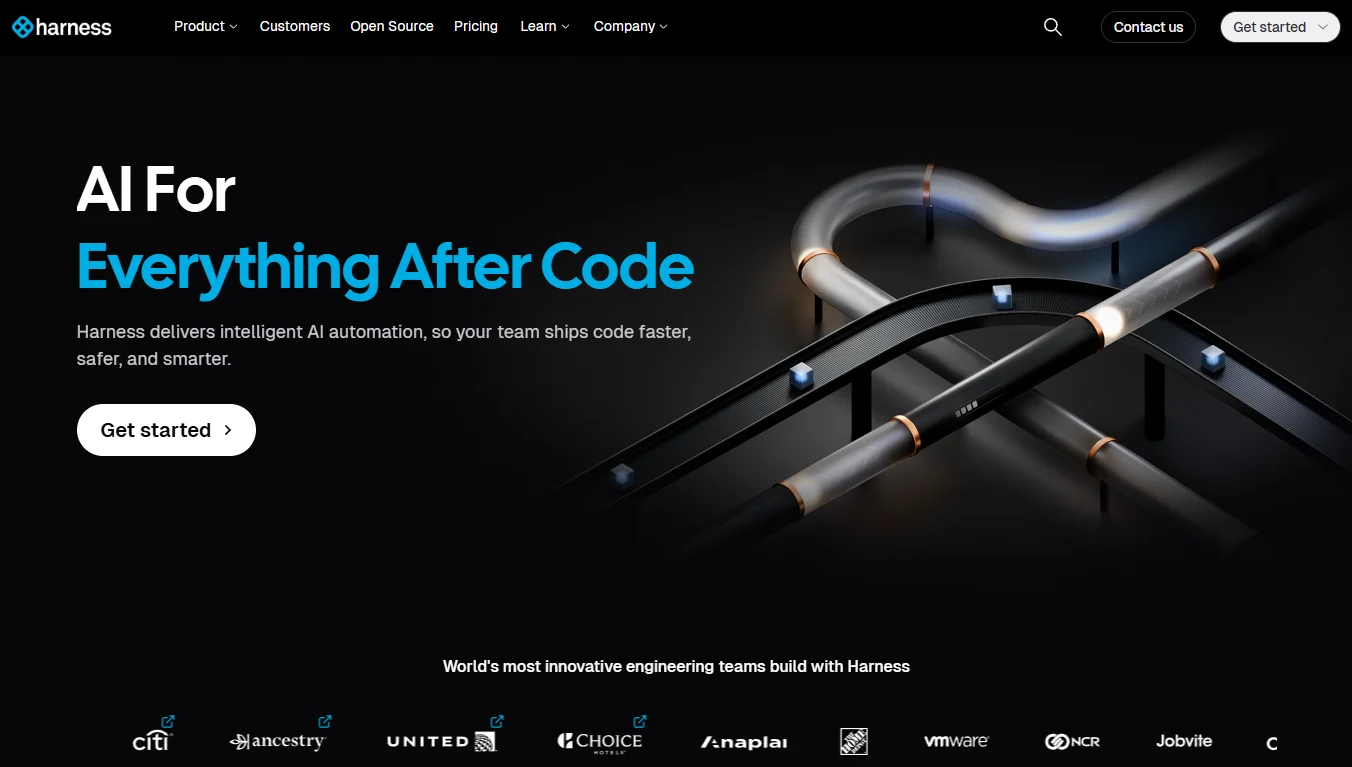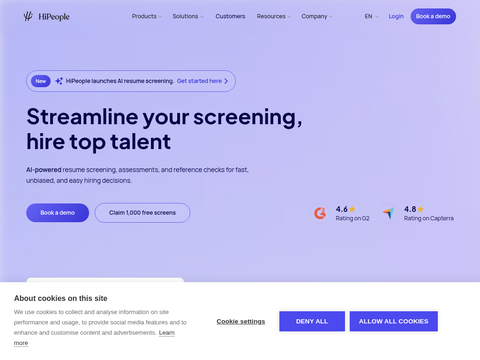Independent evaluations reveal the model’s intelligence rivals Google’s Gemini 2.5 Pro, yet it comes at approximately 25 times lower cost.
As the price of cutting-edge models continues to drop and advanced AI becomes increasingly commoditized, developers now have more options than ever to build powerful AI applications.
The Efficiency Equation
The model's key advantage lies in its intelligent cost-effectiveness, driven by lower token pricing and superior token efficiency. According to xAI, Grok 4 Fast uses an average of 40% fewer "thinking tokens" to solve problems compared to its predecessor, Grok 4, making it more efficient. Given that inference tasks can generate tens of thousands of tokens, this efficiency can significantly reduce application costs.
This efficiency, combined with the new pricing structure, results in a 98% reduction in costs for achieving the same performance level as the previous model. The model also features a context window of 2 million tokens, allowing it to process and analyze large documents and complex prompts. In comparison, Gemini 2.5 currently supports 1 million tokens, GPT-5 offers a 400,000-token context window, and Claude Opus 4.1 supports 128,000 tokens. A longer context window is particularly important for applications requiring multiple documents and large codebases.
The model’s efficiency has been confirmed through external benchmarks. To complete the Human-level Analysis Intelligence Index, Grok 4 Fast used 61 million tokens—significantly fewer than the 93 million tokens used by Gemini 2.5 Pro, and nearly half the 120 million tokens required by the full Grok 4 model to accomplish the same task.
What We Know About Grok 4 Fast’s Architecture
Unfortunately, no details about the Grok 4 architecture have been released (hopefully xAI will open-source it upon the release of Grok 6, as they did with Grok 2). However, according to xAI's blog, Grok 4 Fast introduces “a unified architecture where reasoning (long chains of thought) and non-reasoning (quick responses) are handled by the same model weights, guided by system prompts.” xAI states this design reduces latency and token costs, making the model suitable for real-time applications that require switching between different levels of computational depth.
This approach is similar to methods used by other models, such as Anthropic Claude 3.7 and its successors, which use special tokens to activate the model’s reasoning mechanisms. Another approach is OpenAI’s GPT-5 “router” method, which directs prompts to different model versions based on whether they require Chain-of-Thought (CoT) reasoning.
The blog also highlights some other interesting aspects of the training process. First, token efficiency was achieved through an optimized reinforcement learning (RL) process. RL has become a crucial part of training large reasoning models. One method, used by DeepSeek-R1-Zero, imposes no constraints during the RL phase, evaluating the model’s responses solely based on the final answer. However, this can lead to excessive thinking and exploration of illogical paths. A more advanced method—possibly also used in Grok 4 Fast—involves gradually introducing additional reward signals, such as response length, to encourage the model to optimize its reasoning chain while still arriving at the correct answer.
Another intriguing aspect of the model is that Grok 4 Fast was trained end-to-end using "tool-use reinforcement learning," enhancing its ability to determine when to employ external tools, such as web browsing or code execution. This is particularly significant for several reasons. First, tool use is foundational to agent-based applications. Second, tool use via RL enables the model to learn new ways of interacting with tools without requiring manually annotated data.
Grok 4 Fast Performance and Use Cases
In reasoning benchmarks, Grok 4 Fast scored 60 on the Human-level Analysis Intelligence Index, placing it in the same performance tier as Gemini 2.5 Pro and Claude 4.1 Opus. It excels particularly in coding assessments, ranking first on the LiveCodeBench leaderboard, surpassing the larger Grok 4. In public evaluations on the LMArena platform, the model leads in the Search Arena and ranks eighth in the Text Arena, performing on par with the full Grok 4. Pre-release API benchmarks recorded an output speed of 344 tokens per second—approximately 2.5 times faster than OpenAI’s GPT-5 API.
One of the model’s primary applications is agent-based search. It can browse the web and X, processing real-time data including text, images, and video to synthesize answers. Notably, its integration with X data gives it a significant edge in research tasks requiring real-time information from social networks. (Integrating social media is complex, as the xAI team must identify which signals indicate relevant posts versus outdated or misleading ones. For instance, there's a recent trend on X where high-following users share old AI research papers and present them as scientific breakthroughs.)
The Commoditization of Advanced AI
Grok 4 Fast is now available to all users, including free users, via grok.com and its mobile app. For developers, the model is accessible through two endpoints on the xAI API: grok-4-fast-reasoning and grok-4-fast-non-reasoning. Pricing is set at $0.20 per million input tokens and $0.50 per million output tokens for contexts under 128,000 tokens. For contexts exceeding 128,000 tokens, the price rises to $0.50 per million input tokens and $1.00 per million output tokens. This pricing is significantly lower than GPT-5, Gemini 2.5 Pro, and the Claude 4 series, offering developers a powerful tool to build applications at a minimal cost.


